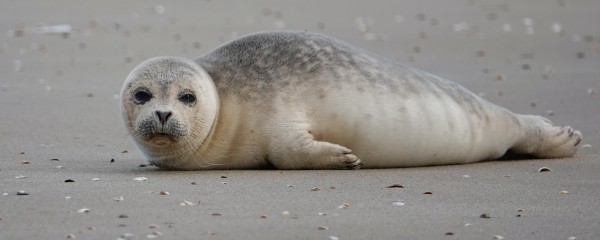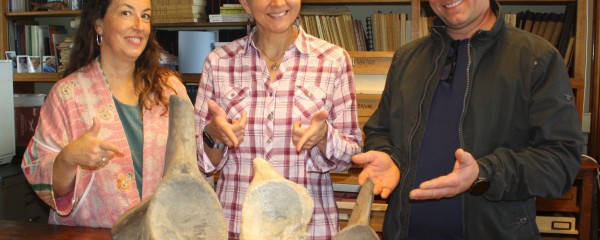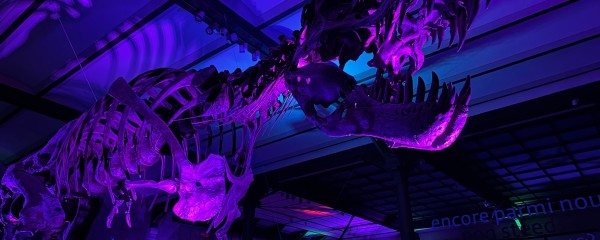Jaw analyses show what cave bears and brown bears ate
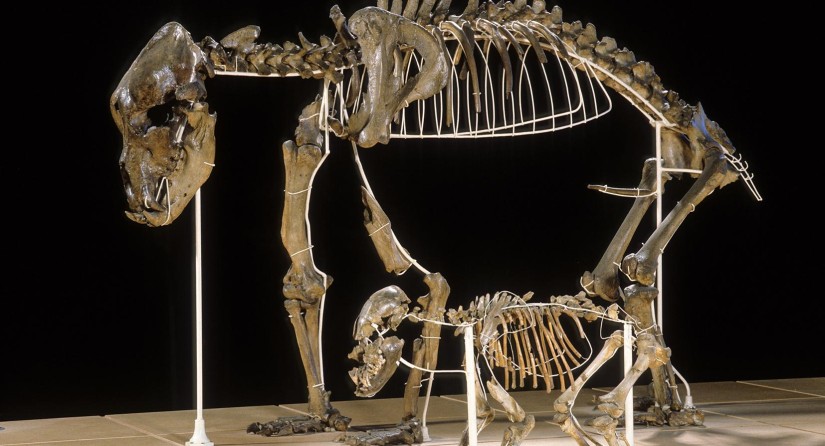
The differences are in the details: Special 3D shape analyses of the jaws and dentition of cave bears and brown bears living at the same time near the Goyet caves show their clearly different food spectrum. In contrast, the diet of brown bears living around 30,000 years ago differs only slightly from that of their North American relatives still living today.
The brown bear Ursus arctos living today is the closest living relative of the cave bear Ursus spelaeus, which became extinct around 25,000 years ago. 1.3 million to 25,000 years ago, brown bears and cave bears lived side by side in the same areas and probably competed for plant food, including in the Namur region of Belgium. The caves of Goyet and Trou des Nutons contain the remains of both bear species, which are about 30,000 years old.
Vegan vs Omnivore
In their new study, Anneke van Heteren, mammal curator at the Zoologische Staatssammlung München (SNSB-ZSM), and Mietje Germonpré of the Royal Belgian Institute of Natural Sciences (RBINS) showed that the two contemporaries fed differently. The cave bear was a pure vegan, whereas the brown bear was an omnivore even then – as it is today. The shape and biomechanics of the jaws of the two bear species differ significantly. But the researchers were also able to detect small differences in the jaws of the fossil brown bears compared to their conspecifics still living today. "Presumably, the fossil brown bears from Belgium ate slightly more plant food than the brown bears from North America today," Anneke van Heteren interprets the results.
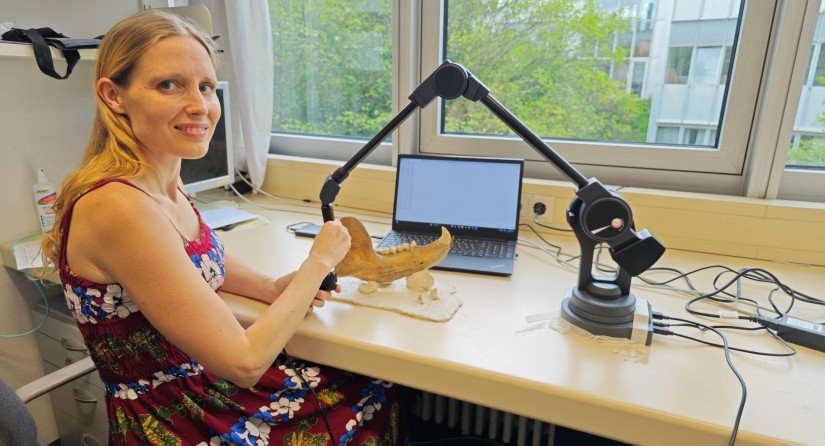
The researchers also analyzed cubs of cave bears from Belgium as part of their work. Their jaws were probably less well suited to chewing solid food than those of adult cave bears. "Presumably, the young bears were also still being fed milk by their mothers. Their jaws first had to adapt to the later development of their permanent dentition," Anneke van Heteren adds.
The biomechanical differences in the jaws are particularly evident in their gape angles when chewing their food. The researchers used what is known as geometric morphometrics for their studies. This is the measurement of skeletal parts with the help of measuring points, so-called landmarks. The method allowed the researchers to visualize the bears' jawbones in three dimensions and compare them using statistical methods.
The study was published in the scientific journal Boreas.
